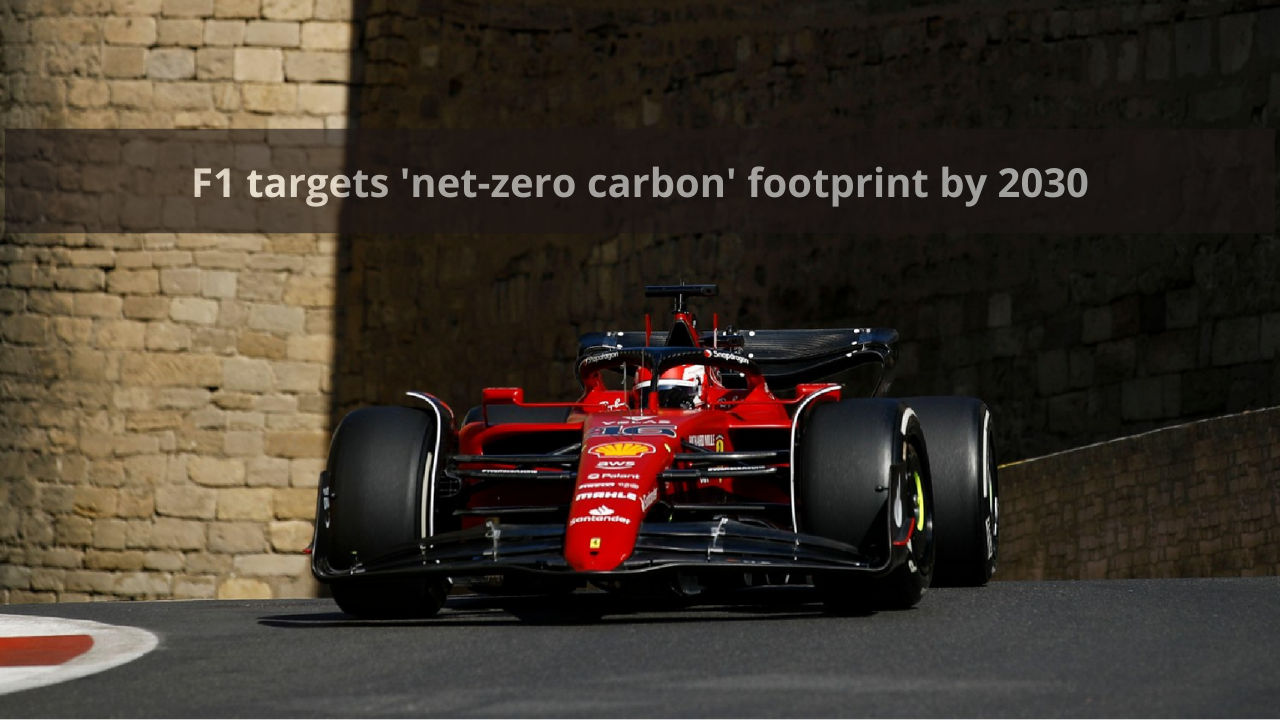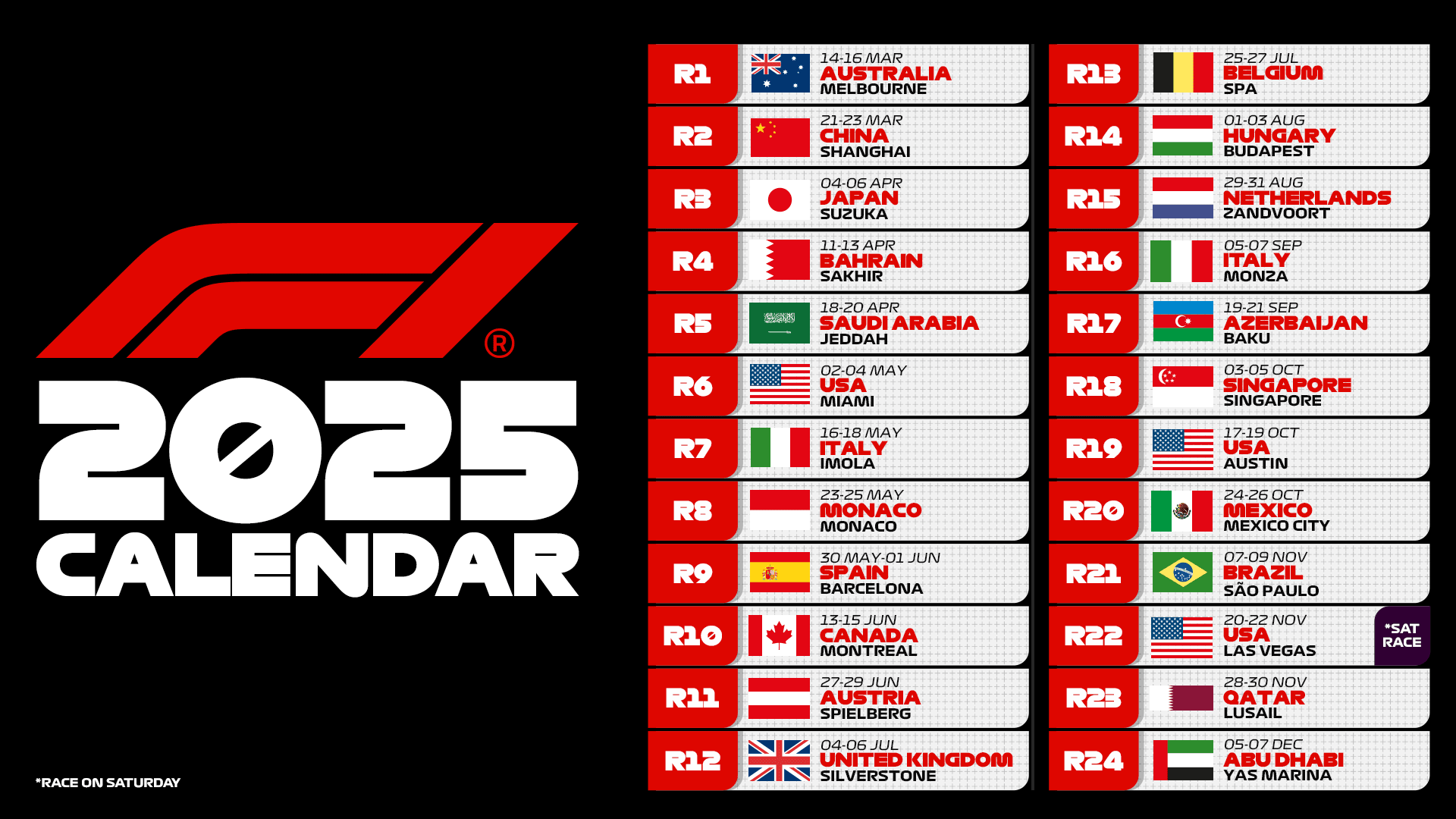Net Zero Carbon. You will read this definition more and more often in the coming years. Formula 1 has committed to achieving the aforementioned program by 2030. What is it about? It’s that rather ambitious project built to reach the so-called “carbon neutrality,” aiming to create an eco-sustainable series, a goal that is gradually achieved by operating in various areas.
The first is undoubtedly the development of 100% sustainable fuel, those drop-in fuels (immediately usable blends for road cars) that gasoline multinational laboratories are working on. The old oil giants are rethinking themselves and have understood that they must face the inevitable abandonment of fossil fuels. Converting production is an obligation to maintain market shares and, perhaps, to increase them at the expense of those who cannot ride the wave of change.
F1: From 2026, the Green Road Opens
In F1, in 2026, a new generation of power units will debut, powered by green propellants. Liberty Media‘s goal is to impose zero emissions by 2030. For this to happen, it is necessary to guide the entities present with a regulatory framework that defines operational limits and objectives to be achieved.
Clearly, the issue of fuels is not the only aspect to consider. The scope of the work is colossal, and time is of the essence, considering the ambitious targets set by the ownership. The roadmap includes the gradual reduction of plastic use and a massive revision of logistics with more efficient travel organization by air, sea, and land, including the regionalization of the race calendar, which will begin to take shape in 2024.
F1 Introduces the Fourth Pillar
To support this movement, specific laws are needed, which the FIA will gather in the so-called fourth regulatory branch necessary to achieve Net Zero Carbon 2030. Currently, F1 is based on three regulatory pillars: technical, sporting, and financial. Given the importance attributed to the goal of creating an eco-sustainable category, the legislator intends to set benchmarks to prevent teams from voluntarily conforming without precise indications on what, how, and when to do it.
This need is also crucial because F2 and F3, in addition to the premier class, are involved in the program. Smaller entities, less endowed with resources, may need clearer paradigms within which to operate. Nicholas Tombazis, the FIA’s director of single-seaters, explained how the governing body of F1 will implement and strengthen the new regulatory branch and why it was important to do so. An operation of transparency for teams and for fans less inclined to embrace a “green F1.”
Show your support for Scuderia Ferrari with official merchandise collection! Click here to enter the F1 online Store and shop securely! And also get your F1 tickets for every race with VIP hospitality and unparalleled insider access. Click here for the best offers to support Charles and Carlos from the track!
Show your support for Scuderia Ferrari with official merchandise collection! Click here to enter the F1 online Store and shop securely! And also get your F1 tickets for every race with VIP hospitality and unparalleled insider access. Click here for the best offers to support Charles and Lewis from the track!
“We have three sets of regulations, technical, sporting, and financial, and there will be a fourth branch introduced in 2026. We need to take the first steps towards the medium and long-term goals to achieve the Net Zero target for 2030,” explained the former aerodynamicist of Ferrari. “Clearly, we will not reach net zero by 2026, but we aim to create the framework on which we will gradually build, over the years, the restrictions that teams must adhere to. We have had some initial meetings with them, and we will continue to have periodic ones with the presence of FIA and FOM to develop the best strategy.” – he explained.
Nicholas Tombazis emphasized the need for readable and clear regulations to achieve goals and to avoid everyone doing it on their own. The FIA, recognizing the competitive nature of the teams, fears that someone, realizing that an element risks compromising their performance, will stop the path to implementing the plan. That’s why stringent constraints are being studied.
“We are currently discussing what form these regulations will take, what the structure will be, and whether there will be some kind of maximum CO2 limit. But also, if there will be limitations on specific activities, the amount of materials used, what types or sources of materials, or how many people travel for races, and such,” explained the Greek engineer.
Formula 1, especially in terms of fuels, is playing a historically significant game. The even more ambitious and perhaps hidden goal is to open a philosophical path that could shake the decisions made by bureaucrats with short-sighted visions, risking to devastate the automotive sector in the name of a forced electric conversion for which, perhaps, we are not yet ready.
In Europe, through the “Fit for 55” program, the ban on putting new cars with internal combustion engines on the market by 2035 is being considered, leading to a total ban on circulation by 2050. It is precisely on this decision-making path that the Circus can, must, and wants to wedge itself.
The petrochemical companies, safeguarding their legitimate commercial interests, must be able to unite and, with the collaboration of the FIA and FOM teams, demonstrate that it is possible to define green fuels both at the exhaust and in the production process.
If this happens, and it seems very likely, the European Union, but also some U.S. federal states that have prepared very stringent electric policies, can realize with tangible elements that they can take an alternative path.
“Even if it may not necessarily please hardcore motorsport fans, like all of us are, it is an absolute necessity for the sport of the future. If we want to be healthy as a sport, we have to do it; it is our responsibility to do it.” Nicholas Tombazis’s final words should also be read in this macro scenario. Sometimes it is necessary to create concrete examples to convince those who probably do not have specific technical skills but have the power to legislate and chart the future path of everyday cars.

Source: Diego Catalano for FUnoanalisitecnica












.png)

Leave a Reply